2-(2-HEXYLOXYETHOXY)ETHANOL
- CAS NO.:112-59-4
- Empirical Formula: C10H22O3
- Molecular Weight: 190.28
- MDL number: MFCD00010703
- EINECS: 203-988-3
- SAFETY DATA SHEET (SDS)
- Update Date: 2024-10-25 23:13:37

What is 2-(2-HEXYLOXYETHOXY)ETHANOL?
Chemical properties
Clear colorless liquid
The Uses of 2-(2-HEXYLOXYETHOXY)ETHANOL
Used as a solvent for coatings and degreasing.
General Description
Water-white liquid.
Air & Water Reactions
Ethers tend to form unstable peroxides when exposed to oxygen. Ethyl, isobutyl, ethyl tert-butyl, and ethyl tert-pentyl ether are particularly hazardous in this respect. Ether peroxides can sometimes be observed as clear crystals deposited on containers or along the surface of the liquid.
Reactivity Profile
Ethers, such as 2-(2-HEXYLOXYETHOXY)ETHANOL can act as bases. They form salts with strong acids and addition complexes with Lewis acids. The complex between diethyl ether and boron trifluoride is an example. Ethers may react violently with strong oxidizing agents. In other reactions, which typically involve the breaking of the carbon-oxygen bond, ethers are relatively inert.
Health Hazard
Exposure can cause irritation of eyes, nose and throat.
Fire Hazard
Special Hazards of Combustion Products: Irritating vapors and toxic gases, such as carbon dioxide and carbon monoxide, may be formed when involved in fire.
Flammability and Explosibility
Non flammable
Properties of 2-(2-HEXYLOXYETHOXY)ETHANOL
| Melting point: | -40 °C (lit.) |
| Boiling point: | 260 °C (lit.) |
| Density | 0.935 g/mL at 25 °C (lit.) |
| vapor pressure | <0.01 hPa (20 °C) |
| refractive index | n |
| Flash point: | >230 °F |
| storage temp. | Store below +30°C. |
| solubility | 17g/l |
| pka | 14.37±0.10(Predicted) |
| form | clear liquid |
| color | Colorless to Light yellow |
| PH | 5-7 (200g/l, H2O, 20℃) |
| explosive limit | 1.1-6.3%(V) |
| Water Solubility | Soluble in water. |
| Sensitive | Hygroscopic |
| BRN | 1743959 |
| CAS DataBase Reference | 112-59-4(CAS DataBase Reference) |
| EPA Substance Registry System | Diethylene glycol monohexyl ether (112-59-4) |
Safety information for 2-(2-HEXYLOXYETHOXY)ETHANOL
| Signal word | Danger |
| Pictogram(s) |
 Corrosion Corrosives GHS05  Exclamation Mark Irritant GHS07 |
| GHS Hazard Statements |
H312:Acute toxicity,dermal H318:Serious eye damage/eye irritation |
| Precautionary Statement Codes |
P280:Wear protective gloves/protective clothing/eye protection/face protection. P305+P351+P338:IF IN EYES: Rinse cautiously with water for several minutes. Remove contact lenses, if present and easy to do. Continuerinsing. P501:Dispose of contents/container to..… |
Computed Descriptors for 2-(2-HEXYLOXYETHOXY)ETHANOL
New Products
4-Aminotetrahydropyran-4-carbonitrile Hydrochloride (R)-3-Aminobutanenitrile Hydrochloride 4-AMINO-TETRAHYDRO-PYRAN-4-CARBOXYLIC ACID HCL 4-(Dimethylamino)tetrahydro-2H-pyran-4-carbonitrile 3-((Dimethylamino)methyl)-5-methylhexan-2-one oxalate 1,4-Dioxa-8-azaspiro[4.5]decane 5-Bromo-2-nitropyridine Nimesulide BP Aceclofenac IP/BP/EP Mefenamic Acid IP/BP/EP/USP Diclofenac Sodium IP/BP/EP/USP Ornidazole IP Diclofenac Potassium SODIUM AAS SOLUTION ZINC AAS SOLUTION BUFFER SOLUTION PH 10.0(BORATE) GOOCH CRUCIBLE SINTERED AQUANIL 5 BERYLLIUM AAS SOLUTION 2-Bromo-1-(bromomethyl)-3-chloro-5-nitrobenzene 2-Bromo-3-nitroaniline N-(3-Hydroxypropyl)-N-methylacetamide 3-Bromo-6-chloropyridazine 4-ethyl-3-nitrobenzoic acidRelated products of tetrahydrofuran
![BIS[(12-CROWN-4)METHYL] DODECYLMETHYLMALONATE](https://img.chemicalbook.in/CAS/GIF/80403-59-4.gif)
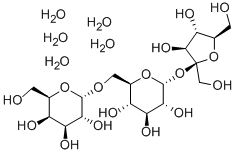

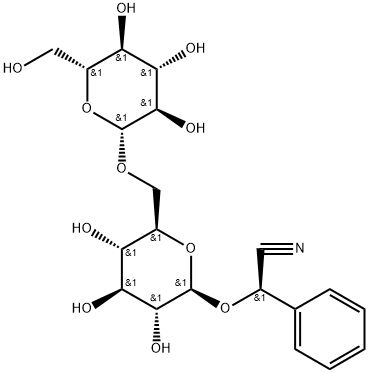

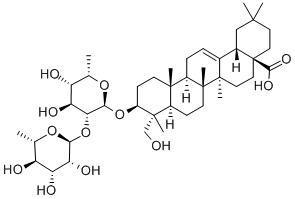
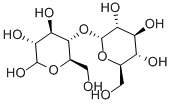
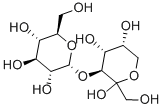
You may like
-
 Diethylene glycol monohexyl ether 98.00% CAS 112-59-4View Details
Diethylene glycol monohexyl ether 98.00% CAS 112-59-4View Details
112-59-4 -
 Diethylene Glycol Monohexyl Ether CAS 112-59-4View Details
Diethylene Glycol Monohexyl Ether CAS 112-59-4View Details
112-59-4 -
 Di(ethylene glycol) hexyl ether CAS 112-59-4View Details
Di(ethylene glycol) hexyl ether CAS 112-59-4View Details
112-59-4 -
 1823368-42-8 98%View Details
1823368-42-8 98%View Details
1823368-42-8 -
 2-(3-(tert-butyl)phenoxy)-2-methylpropanoic acid 1307449-08-6 98%View Details
2-(3-(tert-butyl)phenoxy)-2-methylpropanoic acid 1307449-08-6 98%View Details
1307449-08-6 -
 Ethyl 3-(furan-2-yl)-3-hydroxypropanoate 25408-95-1 98%View Details
Ethyl 3-(furan-2-yl)-3-hydroxypropanoate 25408-95-1 98%View Details
25408-95-1 -
 2-Chloro-5-fluoro-1-methoxy-3-methylbenzene 98%View Details
2-Chloro-5-fluoro-1-methoxy-3-methylbenzene 98%View Details
1805639-70-6 -
 Lithium ClavulanateView Details
Lithium ClavulanateView Details
61177-44-4